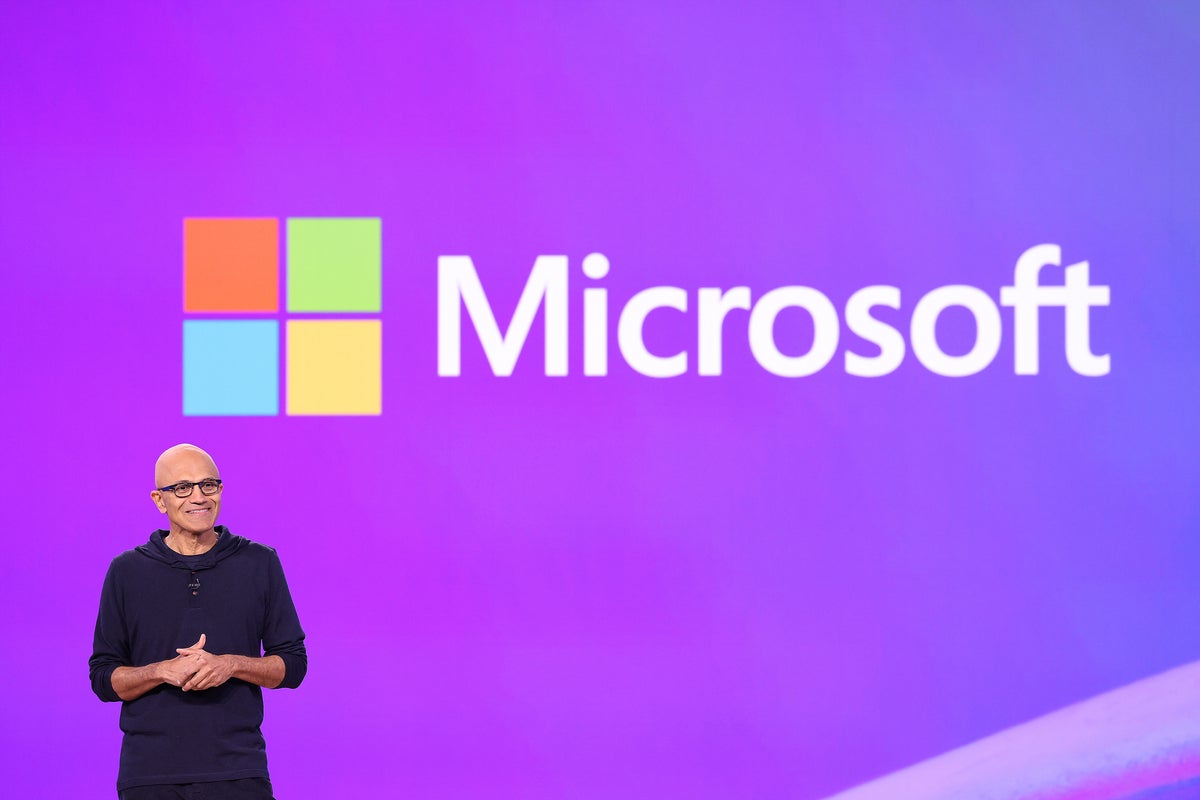With the updates to Power Platform unveiled at this week’s Build event, Microsoft is not focusing on improving coding capabilities directly, but trying to simplify the overly-complex enterprise environments where programmers have to exist.The 2024 reality for enterprise coders is that—depending on the analyst firm citing the figures—somewhere between 70% and 80% of their daily tasks do not involve coding and instead involve navigating the bureaucracy of the global IT environment. It’s actually the intersection of multiple complex environments, from the global enterprise to interconnected cloud environments from multiple companies, typically including Microsoft, Google and Amazon. Microsoft’s new rollouts—including new agents to interact within Microsoft’s own complex environment, such as new connectors for Microsoft Copilot—are designed to try and reduce that complexity. If that goal can be accomplished, Microsoft argued that it could deliver far more secure applications. “Using the new security hub feature in the Microsoft Power Platform admin center, administrators will be able to quickly assess the security posture for a tenant, identify and act on the most impactful recommendations to improve the posture, proactively set policies in place to safeguard from vulnerabilities and risks and use a rich set of tools and security capabilities available to gain deep visibility and detect threats effectively,” Microsoft said. “New controls available in security hub will include Microsoft Azure Virtual Network support for Power Platform, which will enable customers to integrate Power Platform with resources inside their virtual networks without exposing them over the public internet. Additionally, Microsoft Entra ID Privileged Identity Management support for Power Platform will enable customers to grant administrative permissions to specific Power Platform environments on a temporary basis, thereby improving security posture.”Power Pages is also getting a new security workspace accessible from the design studio and a Web Application Firewall (WAF) with Copilot features to simplify security testing and scanning. Jason Wong, a Gartner distinguished VP analyst, said he liked the new abilities to hook Copilot directly into enterprise infrastructures and “to gain insights into resources and drive more automation.” He added that “Microsoft has a little bit of catching up to do in applying AI to the infrastructure level.”Simplifying complex environmentsThis is essentially all about overcoming environment complexities, Wong said. “The ability to orchestrate and connect with and streamline [coding activities], that is going to be pretty valuable,” Wong said. “Some 75% of the time is not spent coding today. It is spent doing other stuff,” including gathering requirements, identifying environment resources, moving code from one environment to another, and so on, he said.Regarding the cybersecurity improvements, Wong said those are also related to reducing complexity. “The security story is all about giving visibility to the developer teams of what each other is doing.”Other Power Apps updates announced at Build include native integration with Git repositories, and the ability to integrate Microsoft Copilot voice-activated chat interfaces in apps on mobile. Microsoft is making two big changes for Canvas apps developers, too: adding the ability to coauthor an app in much the same way authors can collaborate on online Word documents or Excel spreadsheets, and making it easier to view and use source code in Power Apps Studio.Forrester Principal Analyst Devin Dickerson agreed with Wong about the focus on environment complexity. “The ability for AI-based code assistants to add value to the development process and lifecycle is somewhat limited by the context and implementation complexity that developers have to manage to deliver working applications in the enterprise context,” Dickerson said. “The ability to finetune your AI assistant to the specific dependencies and context of your application and its lifecycle can make the advice a developer receives from the assistant far more practical.”Devin the potential for a critical change in the way these capabilities are presented and used, moving from a series of discrete capabilities to a more cohesive experience. “You need the context of all existing application stacks and dependencies,” he said.Arnal Dayaratna, research vice president for software development at IDC, said he found a lot to get excited about in Microsoft’s Power Platform announcements. “This could be a sea-change in the developer tool landscape,” Dayaratna said. “We are seeing this kind of inflection point where natural language becomes the hottest programming language. Developers will be able to do more, such as managing extensive fleets of infrastructure.” Another analyst, Paul Nashawaty, principal analyst for The Futurum Group, said that he was most struck by the level of integration that Microsoft touted.Nashawaty said that he liked the integration of AI into various aspects of development and across different Microsoft products and services for developers. This is a significant response to the rapid adoption of AI in production applications, he said: “The shift from 18% to over 54% of organizations incorporating AI into their workloads in just nine months highlights the increasing recognition of AI’s transformative potential. This trend not only validates the need for advanced AI tools like Copilot but also suggests a growing use case among developers and businesses to harness AI for competitive advantage.”
Copyright © 2024 IDG Communications, Inc.
Source link

